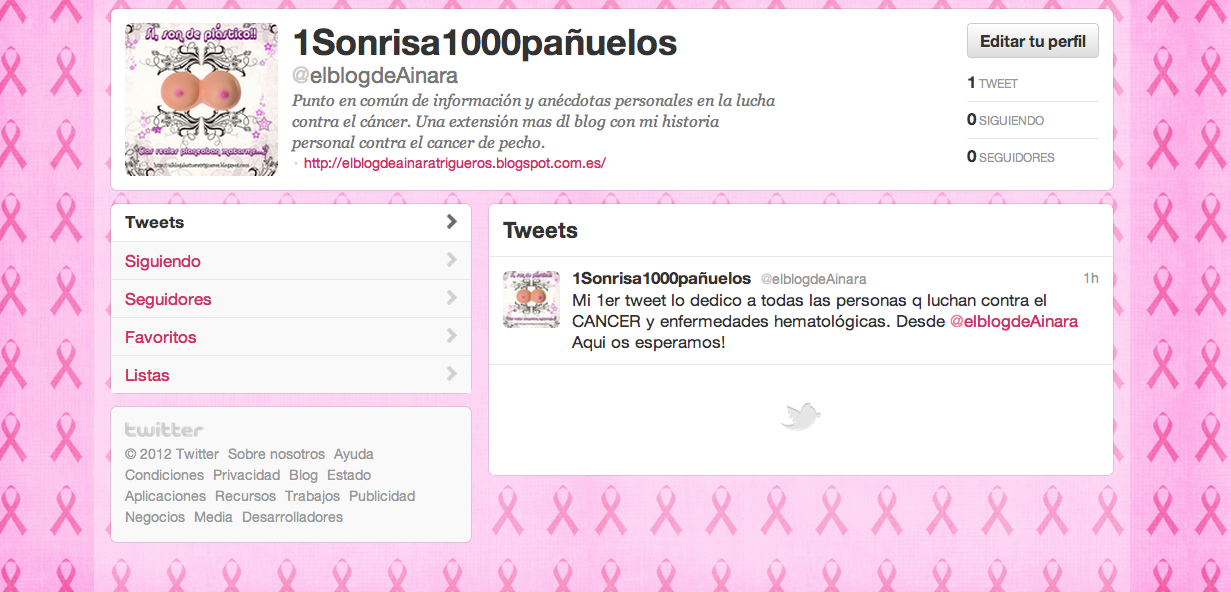
Health information online
Until recently, people were unable to access any kind of health information other than the one which was provided directly by the professionals.
Today, Internet facilitates access to enjoy all sorts of unlimited information and resources but this creates problems previously reserved for professionals, such as selection and effective management of health information.
Patient 2.0
A new model of patient has appeared, knowledgeable and well informed, rich in experience and skills. He likes now to share information and knowledge, tries to find a space that allows him to be taken into account, and make his own decisions about managing their disease or simply incorporating healthy habits and preventative strategies to his lifestyle.
Moreover, Internet enables and supports a medicine made for the patient, which still must coexist for decades with a traditional way of tackling the disease and to demand, receive and provide health services.
How many of them seek health information?
According to the survey by Pew Internet and American Life Project, 62% of U.S. Internet users (73 million) had sought health information in the last year, according to the Harris Poll, 2010, 32% of users connected sought frecuently.
In Spain, 52.5% of users over 16 years, had sought information about health issues, representing over 9.5 million (the European average is 45%, and an increase of 10 percentage points just one year (2009 vs. 2008). A typical profile would be a 40-year-old university with dependent children, who consults information several times a month on topics for health care or anything else.
As for the causes and motivations, people are seeking health information primarily to reduce uncertainty when the disease appears as a threat (prevention, develop any symptoms, newly diagnosed), or when you want to improve control over some aspect of life associated with a disease (chronic patients) or self-care or the other In general, the most sought relate to diagnosis (79%) and treatment (79%), symptoms (67%), medication (67%), and experiences of other patients (63%).
In the case of the chronically ill, treatment (85%), diagnosis (83%), medication (74%) and experiences of others (71%) are the most popular topics.
And taking a step further, not only the topics searched, but the very dimension of access to the Internet is different according to the user. Newly diagnosed patients, despite representing the lowest percentage, have a greater network traffic that chronic and healthy. Patients with chronic diseases have less access to the Internet, but are very active in using social media to share and learn from other patients.
An example in Spain is 1Sonrisa1000pañuelos @elblogdeAinara in Twitter.
Information search process
Of search process starts, mostly using a general search engine (mostly Google), and only 7% of occasions using known health sites.
We want your opinion
Is there a lot of noise on health information? Do you meet the minimum standards required by the guidelines for clinical practice? Is there any false content?
We will keep you informed …
Information: http://www.eitb.com; El libro blanco de los e-Pacientes (Tom Ferguson).